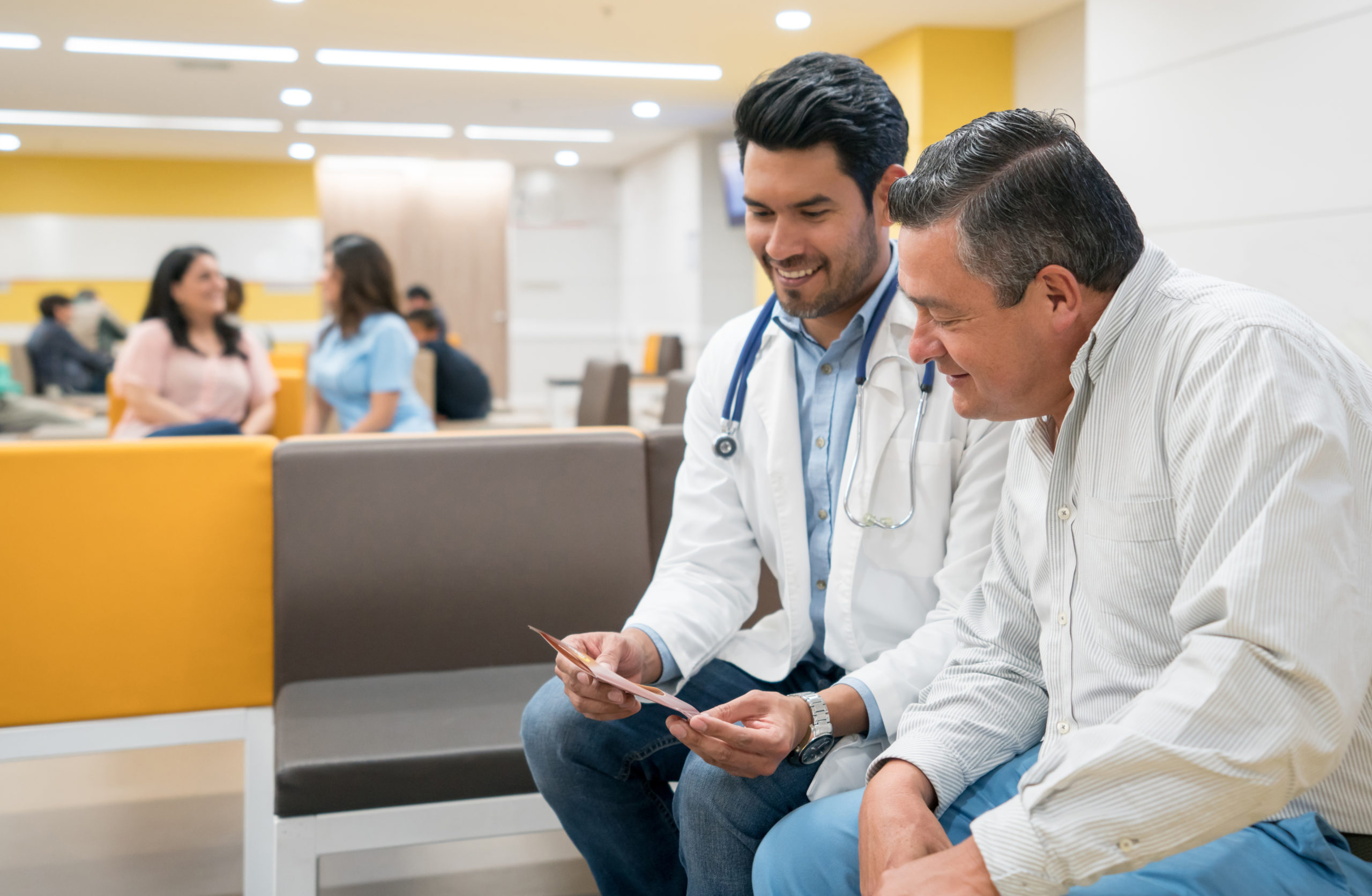Opioid abuse is a serious public health issue, especially with the increasing number of drug overdose deaths occurring in the United States. With an estimated 10 million people affected by opioid misuse each year and over 650,000 people projected to die from opioid overdoses within the next 10 years, opioid harm is quickly becoming one of the most destructive but preventable epidemics in the history of the United States. Due to the scale of the problem there isn’t a single “magic bullet” solution and consequently the epidemic needs to be approached from every angle; from education, identification, management – right through to rehabilitation.
Opioid drug abuse affects almost every community in some way. Patients often encounter their first opioids through legal prescriptions provided for pain management following injury or a procedure; even relatively minor procedures like wisdom teeth removal can require powerful pain management. Through long term and or misuse, there is a high chance that a dependency could develop driving users to seek alternatives once their prescription or treatment is deemed no longer necessary. The patient can often seek replacements from street drugs, particularly opioid-based oral drugs, to other illicit substances; Heroin and, more recently, Fentanyl. Organisations; Center for Disease Control and Prevention (CDC) (and others) and health professionals have been working to find ways to mitigate this crisis and are proposing the implementation of five key strategies:
1. Prescription Drug Monitoring Programmes (PDMPs)
PDMPs are state-run electronic databases that collect and share data about the prescription and distribution of typically controlled substances, including opioids. Integrating PDMPs into Electronic Health Record (EHR) systems would reduce unrestricted availability of opioids. Transferable patient data provides providers with un-matched insight into a patient’s prescription history, while also preventing polypharmacy and “doctor shopping” by patients. Opioids are currently easy to prescribe, and the prescriptions are easy to fill. Requiring providers to routinely use PDMPs prior to prescribing medication would result in a drop in opioid overdose deaths, according to the Society for the Study of Addiction (Volume 10, Issue 112 of Addiction Journal).
2. Medication-Assisted Treatment (MAT)
MATs offer comprehensive behavioural therapies, combined with a medication, to provide effective treatment for substance abuse. Three types of medications are offered: Methadone, Buprenorphine, and Naltrexone. These treatments are cost-effective and reduce the risk of overdose.
MATs typically work in one of two ways:
- Providers can prescribe another opioid that is absorbed into the blood at a slower rate, reducing withdrawal symptoms and the addictive ‘high’.
- The second approach is to prescribe a non-opioid, that binds to the receptors affected by opioids. These non-opioid drugs soften the symptoms of withdrawal and help prevent relapses.
MATs are proven to at least double the rates of opioid-abstinence compared to psychosocial treatments using placebos or no medication. Patients who undergo MAT are also recorded to have improved social functioning and a reduced rate of criminal recidivism, demonstrating multi-faceted benefits.
3. Narcan Kits for Communities
Narcan kits contain Naloxone, an opioid overdose antidote. Naloxone works by binding to a person’s opioid receptors, reversing the effects of an overdose. It is administered either by injection or a nasal spray. Overdoses can occur anywhere; at home, in supermarkets, parks, school or the street. The high demand for Naloxone requires paramedics to always carry Narcan kits. Equipping members of the public with Narcan kits will reduce the number of overdose fatalities as they will be able to administer Naloxone before paramedics even arrive at the scene. International health organisations recommend providing Narcan kits to individuals who might be likely to witness an overdose, patients in substance use treatment programs, and to individuals who have been prescribed opioids.
Despite the demonstrated benefits, the distribution of Narcan kits is still being contested. Concerns that take-home Naloxone could encourage drug use, and that overdoses should only be handled by trained professionals, have hindered further distribution of Narcan kits in many communities. These concerns are valid enough to prompt scrutiny, but studies have shown that provision of Naloxone does not increase drug consumption and that, with basic training, laypersons are fully capable of treating an overdose. Between 1996 and 2014, at least 26,500 opioid overdoses were reversed by members of the public administering Naloxone. Currently, Naloxone is considered the best front-line defence against the opioid-induced fatalities.
4. Safe Disposal of Medication
Evidence indicates that children are also becoming victims of this epidemic, often through experimentation with their parents’ medications. The majority of teens who misused pain relievers in 2014 stated that they acquired them from family and friends, including their home medicine cabinets. There is a simple solution to this; keep medications (and drugs) secure or dispose of them in a timely and responsible manner. As minors require parental consent for opioid prescriptions, the implementation of these measures will directly impact this age group. Responsible medication disposal will reduce the amount of controlled medications available for misuse. Within 9 days, 2,411 tons of controlled medications were collected in the United States during organised events. This was achieved through a mail-in program and from bi-weekly collections by providers in public spaces; for example, parks, pharmacies and police stations. In combination with collection days, more permanent collection stations should be set up to promote the importance of disposing of unneeded medication. There is a stigma associated with medication use; if this perception can be dispelled through effective public messaging, more individuals will likely feel comfortable stepping forward to dispose of their own medications.
5. Refine Prescription Practices
Providers and their opioid prescription practices are one of the key up-stream drivers of the epidemic. It’s necessary and practical to further implement clear guidelines and prescription procedures to reduce the risk of unnecessary opioid administration. The risk of providers becoming legally culpable for unsafe medical practices will minimise simultaneously. Clinical and legal risks of prescribing medications can be mitigated through mandatory consultations prior to prescribing or providing a continuation. The Centers for Disease Control and Prevention (CDC) recommend re-evaluating patients every three months, avoiding co-prescribing of at risk medications; Benzodiazepines and opioids, and offering or referring patients for further treatment when showing signs of an opioid use disorder.
In conjunction with the above five key strategies healthcare organisations and providers need to standardise the data collected and enable the sharing of patient data with key stakeholders to coordinate and communicate care. Behavioural health and substance abuse information has historically been excluded from health data exchanges due to strict federal (privacy) guidelines. However, collecting and sharing behavioural health and substance abuse data is becoming a necessity when managing individual patients and at risk populations during this health crisis. With the opiate use escalating and Outpatient Prospective Payment System (OPPS) legislation, rules for sharing this critical information are relaxing and consent best practices are emerging.



